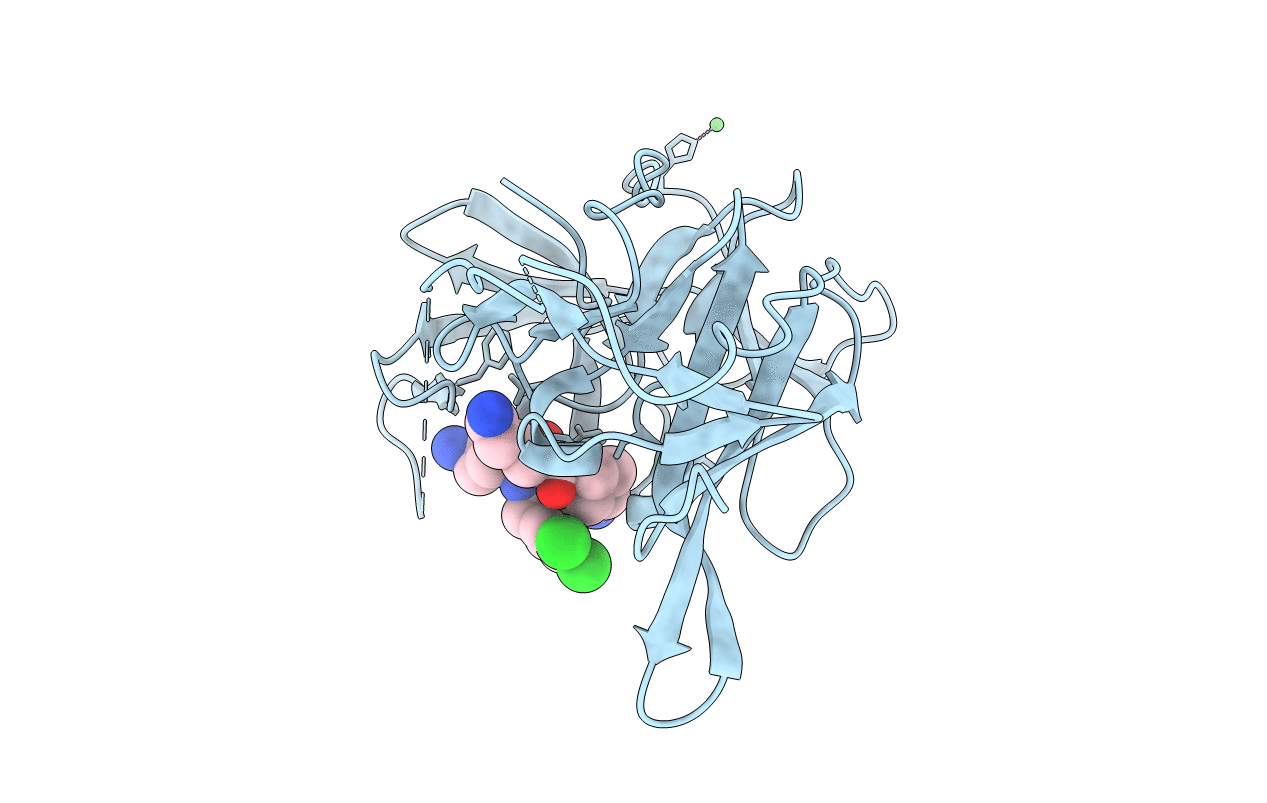
Deposition Date
2012-10-25
Release Date
2013-03-27
Last Version Date
2023-12-20
Entry Detail
PDB ID:
2YOL
Keywords:
Title:
West Nile Virus NS2B-NS3 protease in complex with 3,4- dichlorophenylacetyl-Lys-Lys-GCMA
Biological Source:
Source Organism:
WEST NILE VIRUS (Taxon ID: 11082)
Host Organism:
Method Details:
Experimental Method:
Resolution:
3.20 Å
R-Value Free:
0.20
R-Value Work:
0.18
R-Value Observed:
0.18
Space Group:
P 32 2 1


